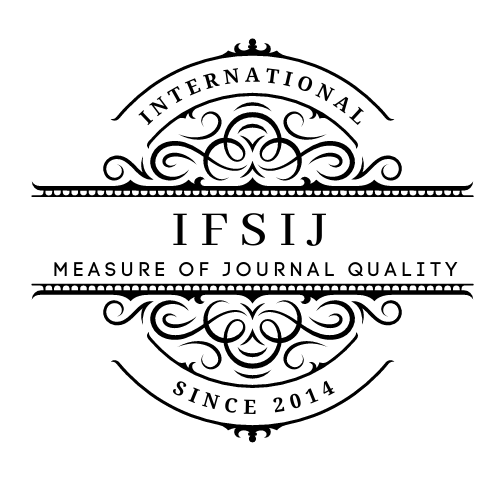Finely Silky Silkworm Breeds (Bombyx Mori L.) as Components of New Industrial Hybrids
Abstract
Natural silk is the most valuable textile raw material of animal origin. It is a product of the isolation of the silk-separating glands of the silkworm (Bombyx mori L.). The quality of silk fabrics produced by the silk industry from natural silk, characterized by its strength, lightness, beauty, hygroscopicity, largely depends on the natural qualities of the silkworm. The introduction of breeds with high economic and valuable indicators into production will lead to a significant improvement in the raw material base of Uzbekistan and, as a result, to an improvement in the quality of manufactured fabrics. In order to improve the productive and textile characteristics of the selected breeds, it is necessary to carry out family feeding of the silkworm with strict selection at all stages of development, including selection by the granularity of the cocoon shell. It is known that the granularity of the silk shell is correlated with a number of economically valuable signs of the silkworm. Therefore, cocoons with the largest number of tubercles per 1 cm2 of the shell were selected for the tribe. Selection within three years by the grain size of the cocoon shell of the silkworm led to a thinning of the cocoon thread in Chinese-108 – up to 3800 units, in Ya-120 - up to 3900 units.
Downloads
Published
How to Cite
Issue
Section
License

This work is licensed under a Creative Commons Attribution-NonCommercial-NoDerivatives 4.0 International License.















